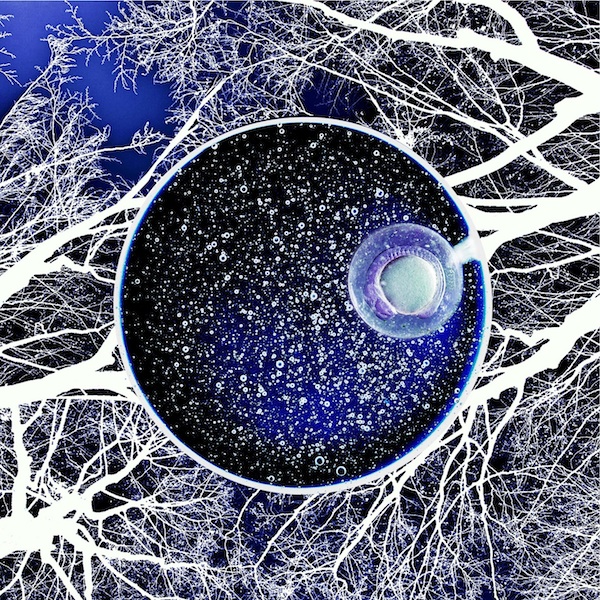Beauty of Science Revealed in Embryo Images

Most of the time, new discoveries catch our eye because of important results or fun findings. Other times, we just want to look at pretty pictures.
This dreamy illustration of a zebrafish embryo happens to be attached to some cool research. [View: Zebrafish Embryo] The compilation photo reflects a centuries-old observation that during a certain point in a vertebrate embryo's development, the embryo will look just like embryos of other vertebrates. The concept is known as the "developmental hourglass." Embryos look alike in the middle of development, but early and late in development, the embryos' appearances diverge, just as an hourglass flares out from its narrow "waist."
It's a controversial idea, mostly because it depends so heavily on what we can observe with the naked eye. As any scientist will tell you, there's a lot more going on than that. Two papers published today (Dec. 8) in the journal Nature dig right in.
The first study, led by researchers at the Max Planck Institute for Molecular Cell Biology and Genetics in Germany, set out to find out whether gene expression — the translation of genes to proteins that carry out some function — varies between fruit fly species during development. The researchers measured gene expression during development for six species of fruit fly. Sure enough, gene expression was most similar in the stage of anatomical similarity between fly species. (Fruit flies aren't vertebrates, of course, but they have their own version of the developmental hourglass.) More specifically, the expression of genes active in the "waist" of the hourglass was more stable than expression of genes active during earlier and later development.
It seems there's more going on in the developmental hourglass than meets the eye.
Not to be outdone by the zebrafish researchers (more on them in a minute), the fruit fly researchers put together a mosaic of their fruit fly embryo images.
In the second study on the developmental hourglass, researchers from Max Planck Institute for Evolutionary Biology took a closer look at the embryos of the tropical zebrafish. These researchers figured that any new path taken by anatomy must be mapped out by genes, so they decided to investigate the evolutionary ages of the genes expressed during development. Genes that popped up earlier in the zebrafish's evolution should be shared by more species, while newer genes will appear on later branches of the evolutionary tree. The branching development of genes is represented in the background of the researchers' compilation photo.
Sign up for the Live Science daily newsletter now
Get the world’s most fascinating discoveries delivered straight to your inbox.
The researchers parsed the genetics of zebrafish embryos (seen in the compilation photograph in purple, floating in a bubble-like egg) and found that the oldest set of genes was most active during the "waist" phase of the developmental hourglass. In other words, at the point when embryos look most similar, they're expressing the most common genes.
Although they had fewer data points for other species, the researchers found similar trends for fruit flies, the roundworm C. elegans, and mosquitoes.
If this molecular confirmation of the developmental hourglass holds, researchers will have to explain why these genes are conserved across species, according to an editorial piece accompanying the papers. We hope it involves more pictures.
- Top 10 Greatest Mysteries in Science
- 7 Ways the Mind and Body Change With Age
- The Top 10 Worst Hereditary Conditions
You can follow LiveScience Senior Writer Stephanie Pappas on Twitter @sipappas.

Stephanie Pappas is a contributing writer for Live Science, covering topics ranging from geoscience to archaeology to the human brain and behavior. She was previously a senior writer for Live Science but is now a freelancer based in Denver, Colorado, and regularly contributes to Scientific American and The Monitor, the monthly magazine of the American Psychological Association. Stephanie received a bachelor's degree in psychology from the University of South Carolina and a graduate certificate in science communication from the University of California, Santa Cruz.









